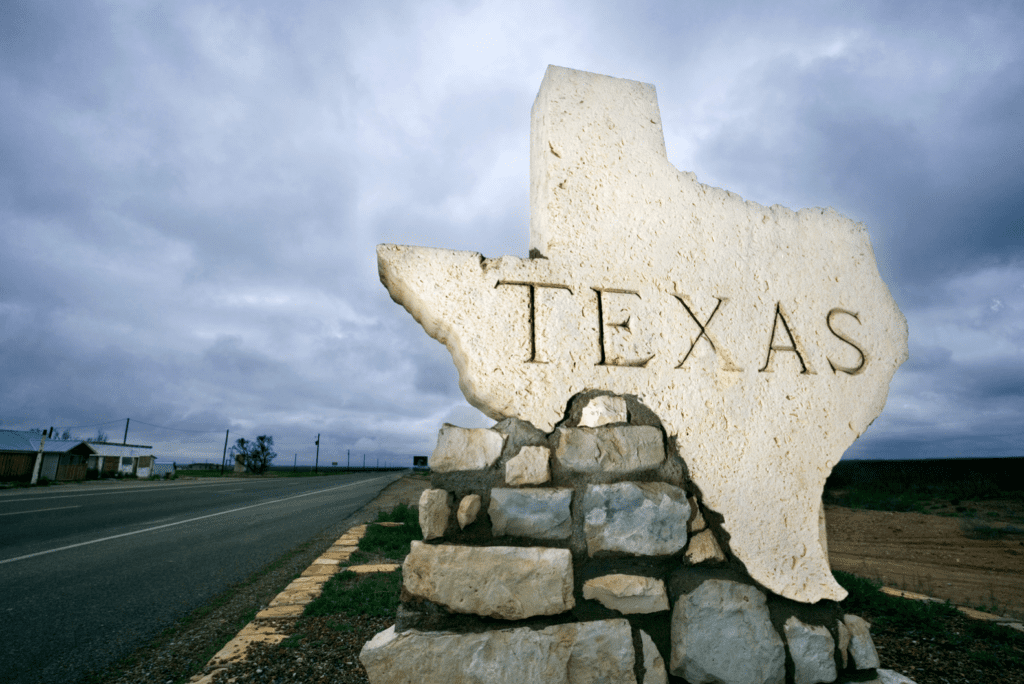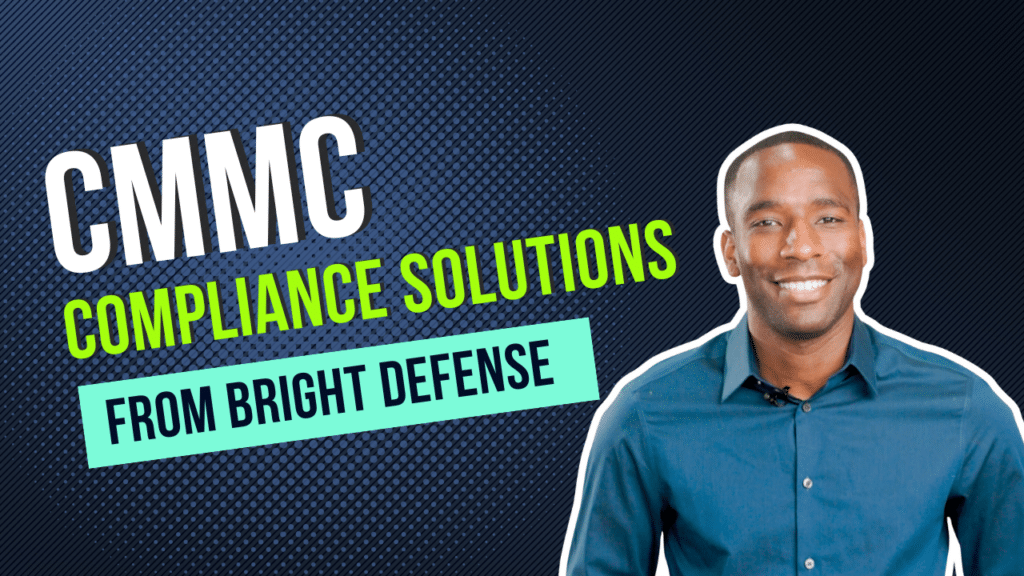
Tim Mektrakarn
February 26, 2025
What is TX-RAMP?
Intro to TX-RAMP
Texas has taken a significant step forward by introducing the Texas Risk and Authorization Management Program, commonly referred to as TX-RAMP. This initiative aims to bolster the security and compliance posture of state agencies’ cloud services. But what exactly is TX-RAMP, and why is it crucial for Texas? Let’s delve deeper.
What is TX-RAMP?
TX-RAMP is a comprehensive framework established by the state of Texas to evaluate and authorize cloud service offerings for their security, compliance, and risk management capabilities. Drawing inspiration from the Federal Risk and Authorization Management Program (FedRAMP), TX-RAMP is tailored specifically to address the unique requirements and challenges Texas state agencies face.
Why was TX-RAMP Established?
With the increasing adoption of cloud services by state agencies, there’s a growing need to ensure that these services meet stringent security and compliance standards. TX-RAMP was developed to:
- Standardize Evaluations: By creating a unified framework, TX-RAMP ensures that it evaluates all cloud services based on consistent criteria, eliminating the discrepancies that might arise from individual assessments.
- Enhance Security: TX-RAMP mandates rigorous security controls, ensuring cloud service providers adhere to best practices and robust security measures.
- Facilitate Compliance: With various regulations and standards to adhere to, TX-RAMP provides a clear roadmap for cloud service providers to demonstrate compliance, making it easier for state agencies to select compliant services.
Key Features of TX-RAMP
- Thorough Assessment: TX-RAMP involves a detailed assessment of cloud service providers, examining their security controls, risk management practices, and compliance with relevant regulations.
- Continuous Monitoring: Rather than being a one-time evaluation, TX-RAMP emphasizes ongoing monitoring to ensure authorized cloud services maintain security and compliance standards.
- Collaborative Approach: TX-RAMP encourages collaboration between state agencies, cloud service providers, and third-party assessors to ensure a comprehensive and unbiased evaluation.
TX-RAMP Standards and Controls
TX-RAMP Control Baselines 2.0 has two levels of compliance:
- Level 1 comprises 117 controls for public or non-confidential information or low-impact systems.
- Level 2 comprises 223 controls for confidential or regulated data in moderate or high-impact systems.
Over 202 TX-RAMP Control Baselines 2.0 map to NIST 800-53 Rev4 requirements.
Overlapping Control Requirements: TX-RAMP, NIST 800-53, and StateRAMP
Control requirements are paramount in safeguarding systems and data in the cybersecurity and risk management landscape. TX-RAMP, NIST 800-53, and StateRAMP are all significant frameworks providing control requirements. While each has its distinct focus, there are overlapping areas that merit exploration.
- TX-RAMP: Tailored for Texas, TX-RAMP evaluates and authorizes cloud service offerings based on security, compliance, and risk management.
- NIST 800-53: A federal guideline, NIST 800-53 offers control requirements for federal information systems, ensuring security and privacy.
- StateRAMP: Modeled after FedRAMP, StateRAMP provides a standardized security framework for state and local governments to evaluate cloud service providers.
Overlapping Control Areas
Several control areas in TX-RAMP, NIST 800-53, and StateRAMP intersect:
- Access Control: All three frameworks stress restricting system access based on roles and responsibilities, encompassing user authentication, authorization, and session management.
- Audit and Accountability: Comprehensive logging and monitoring are vital. The frameworks mandate systems to maintain detailed audit logs and mechanisms for accountability.
- Incident Response: A shared emphasis is on a robust incident response plan, ensuring prompt detection, reporting, and management of security incidents.
- System and Information Integrity: Data integrity and system reliability are focal points.
It highlights mechanisms to detect and guard against malicious software and unauthorized changes.
- Security Assessment and Authorization: All three emphasize regular security assessments to ensure effective controls and compliance.
The Significance of Overlapping Controls
The overlapping controls among TX-RAMP, NIST 800-53, and StateRAMP indicate:
- Unified Best Practices: The overlap suggests a trend towards standardizing cybersecurity best practices, ensuring frameworks like TX-RAMP and StateRAMP align with nationally recognized standards like NIST 800-53.
- Broad Security Coverage: The alignment ensures that cloud services, whether used by federal agencies, Texas state agencies, or other state and local governments, meet comprehensive security standards.
- Efficiency in Compliance: The overlap can streamline compliance efforts for cloud service providers. Meeting the requirements of one framework can simplify compliance with the others.
While serving different primary audiences, TX-RAMP, NIST 800-53, and StateRAMP have overlapping control requirements that highlight universally essential cybersecurity principles. As cyber threats advance, such alignment between state, federal, and local standards ensures a fortified defense against potential cyber adversaries.
SaaS Applications Need to Pay Attention
Software-as-a-Service (SaaS) applications looking to sell to Texas state agencies must be TX-RAMP certified, as they can not inherit TX-RAMP certifications from their cloud infrastructure provider. Only certain controls carved out to the TX-RAMP-compliant cloud service provider can be inherited.
Cloud Computing Services Exempt from TX-RAMP
Certain cloud computing services are exempt from TX-RAMP due to their specific nature. These services are not subject to TX-RAMP if they:
- Don’t process, store, or transmit confidential state-controlled data except for login or e-commerce functions (like username, password, email, or multifactor authentication details).
- Don’t have the ability to read or modify confidential state-controlled data in a way that could compromise agency systems.
Services that fit the above criteria and fall under the following categories are considered exempt:
- Advisory or market research services.
- Graphic design or illustration tools.
- Geographic Information Systems (GIS) or mapping tools.
- Email or notification distribution tools.
- Social media platforms.
- Products for surveys, scheduling, or general business tasks.
- Training delivery services.
- Services transmitting non-confidential data for accreditation and compliance.
- E-commerce services for purchasing supplies, travel bookings, and other general procurements.
- Low Impact Software-as-a-Service (SaaS) products, as defined by NIST SP 800-145, that don’t contain personal data except for login or e-commerce purposes and are classified as low impact by the Texas Administrative Code § 202.1.
While these services are exempt from TX-RAMP, they must adhere to the Security Control Standards Catalog, agency-specific security requirements, and other federal or statutory mandates. Each state agency is responsible for determining whether they are exempt from TX-RAMP and maintaining a list of such services.
Is TX-RAMP paving the road ahead?
The introduction of TX-RAMP is a testament to Texas’s commitment to cybersecurity and risk management. As more state agencies transition to cloud services, TX-RAMP will play a pivotal role in ensuring these transitions are secure, compliant, and risk-averse. TX-RAMP offers cloud service providers an opportunity to showcase their commitment to security and compliance. State agencies benefit from a standardized and rigorous evaluation process.
TX-RAMP is a significant stride towards a more secure and compliant digital landscape for Texas. As the program evolves and matures, it promises to set a benchmark for other states to emulate. SaaS startups and service providers must implement NIST 800-53 controls to get a head start on state-specific requirements.
About Bright Defense
Our Continuous Compliance services for SaaS startups and Service Providers can help you jump-start your compliance journey by implementing the NIST 800-53 framework. As you’re ready to take on TX-RAMP, StateRAMP, or FedRAMP, most controls have already been implemented. Adding other frameworks, such as SOC2 and HIPAA, is also easier as controls can be cross-mapped between all the frameworks, leading to incremental effort in achieving additional certifications.
Get In Touch








